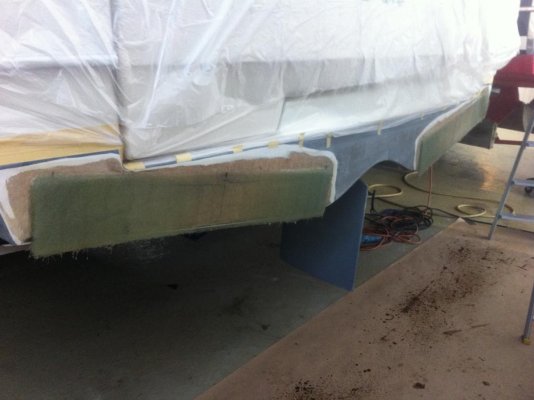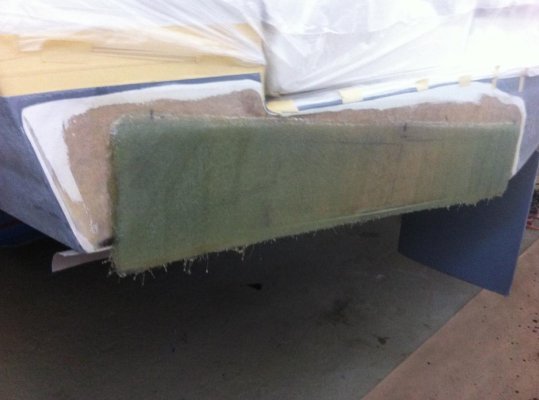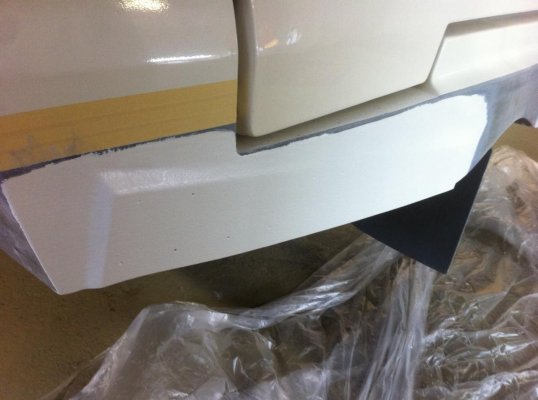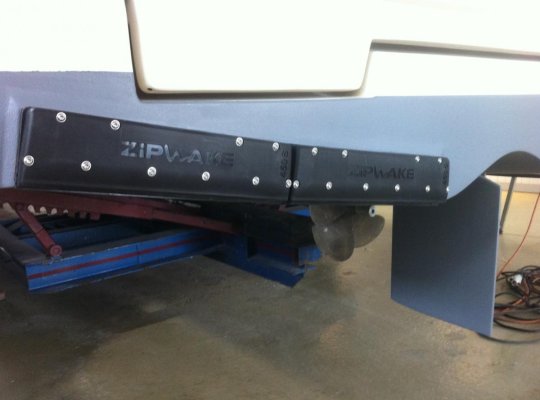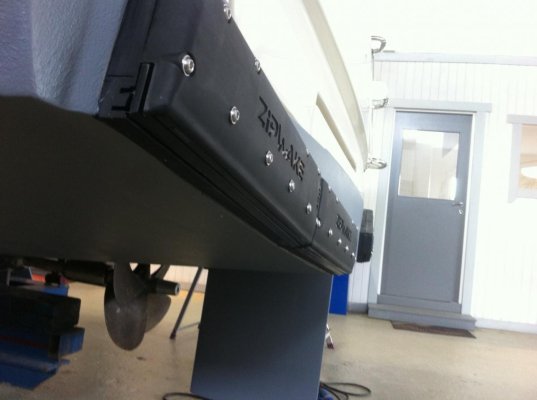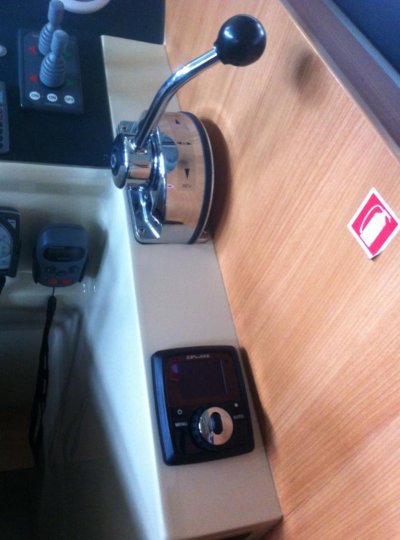Installing ZipWake Interceptors (a trim tab alternative)
I had assumed from the beginning that my Greenline 33, being a semi-displacement boat with a maximum speed of around 15 knots, would not be a good candidate for anything like trim tabs. That is, until the manufacturer started offering Volvo Penta interceptors as a factory-installed option.
Most of the time, I run around 7 knots. At this speed, the boat is still quite level. Once I pass ~8 knots, however, the bow comes up and continues to do so as speed increases…and it can make visibility over the bow challenging. I decided to give interceptors a try and had my local boat yard, J.F. Marin in Limhamn, install them. They did a superb job and I have been pleased with the results ever since.
I decided to go with ZipWake interceptors, which were a new and innovative brand when I undertook this project in late 2016. They successfully achieved my goal of bringing the bow down at higher speeds. They automatically – and gradually – kick in when I pass hull speed and achieve ~5%-16% better fuel economy when running at these higher speeds. An added bonus is that the software is capable of achieving some noticeable stabilization effect in rough seas by quickly manipulating the interceptor blades as the boat rolls. The stabilization achieved is nothing like one would expect from a true stabilization system or gyro, but nevertheless, it’s noticeable and helpful.
Below is the manufacturer’s website, where you can see many installation references/testimonials:
Zipwake | Dynamic Trim-Control System
This page explains the differences between interceptors and trim tabs:
Zipwake | Dynamic Trim-Control System
The ZipWake folks give great sizing and design assistance. For “slower” boats, it’s especially important to maximize the total length of the interceptor installation. In my case, I used 4 x S450 (i.e. 45cm) interceptors, which is the maximum I could fit in the space available.
I’ve uploaded some pictures below to give people an idea of the installation process for a Greenline 33.
1) Preparing the surface for mounting. It is necessary to build up a mounting surface, as the transom/hull is not vertical.
2) A close up of the preparation. This build-up is achieved by multiple layers of fiberglass. The “overhang” at the bottom was subsequently cut off to match the level of the hull and the fiberglass was sanded and feathered to achieve a completely vertical surface
3) Finishing the surface preparation
4) Finishing the surface preparation – close up
5) Completed installation
6) Completed installation
7) Completed installation
8) Completed installation
9) Control head, which contains its own GPS (for speed measurement). The behavior of the installed system is highly configurable via this control head.

